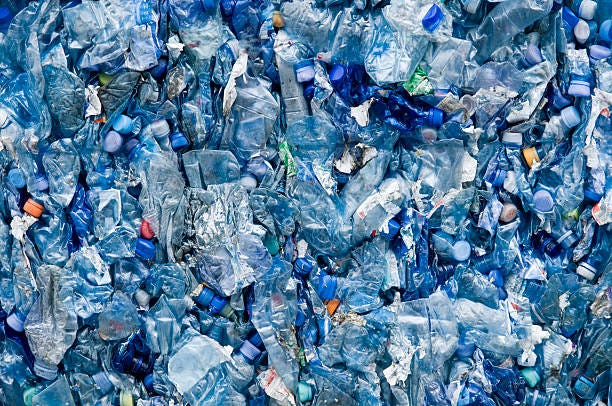Unveiling the Potential of : Pioneers in Sustainable Technology Management
In our rapidly advancing digital age, electronic waste, or e-waste, has emerged as one of the most significant environmental challenges. E-waste comprises discarded electronic appliances like computers, mobile phones, televisions, and refrigerators, which contain both valuable and hazardous materials. Managing this waste stream effectively is crucial, not just for resource recovery but also for mitigating environmental harm. E-waste collection centers play a pivotal role in this process, serving as the initial points in the recycling and resource recovery chain.

The Role of E-Waste Collection Centers
E-waste collection centers are designated locations where individuals and organizations can dispose of their unwanted electronic devices responsibly. These centers ensure that e-waste is collected, sorted, and processed in a manner that maximizes resource recovery and minimizes environmental impact. The primary functions of these centers include:
Collection: Offering accessible drop-off points for the public to bring their electronic waste.
Sorting: Classifying collected e-waste into various categories based on material composition and potential for reuse or recycling.
Processing: Employing techniques to safely dismantle e-waste, recovering materials that can be recycled and properly handling those that are hazardous.
The Environmental Impact
E-waste contains a variety of harmful chemicals and metals, including lead, mercury, cadmium, and brominated flame retardants. When improperly disposed of, these substances can leach into the soil and water, posing health risks to wildlife and humans. E-waste collection centers mitigate these risks by ensuring safe handling and channeling e-waste into proper recycling and recovery streams.
Furthermore, e-waste recycling conserves natural resources. For instance, recycling metals from e-waste uses substantially less energy compared to extracting virgin materials. This not only conserves resources but also reduces greenhouse gas emissions associated with mining and processing.
Economic and Social Benefits
Beyond environmental impacts, e-waste collection centers contribute significantly to the economy. They create job opportunities in waste management and recycling industries, which are increasingly vital in today’s economy. Additionally, recovered materials from e-waste can be returned to the supply chain, reducing manufacturing costs and dependency on raw material extraction.
On a social level, these centers often partner with non-profits to provide refurbished electronics to low-income families, schools, and non-profit organizations, thereby supporting digital inclusion and reducing the digital divide.
Challenges Faced by E-Waste Collection Centers
Despite their benefits, e-waste collection centers face several challenges:
Awareness and Participation: One of the biggest challenges is public awareness. Many consumers are unaware of the potential harms associated with improper e-waste disposal or the existence of collection centers.
Regulatory Compliance: E-waste management is highly regulated, and compliance with these regulations can be costly and complex.
Technological Changes: Rapid technological advancements can make the recycling process more complicated as new types of materials and components are introduced into electronic products.
Future Prospects
To enhance the effectiveness of e-waste collection centers, several strategies can be implemented:
Enhanced Public Engagement: Increased awareness campaigns and community engagement activities can educate the public about the benefits of proper e-waste disposal and encourage more widespread use of collection centers.
Innovative Recycling Technologies: Investing in new recycling technologies can improve the efficiency and effectiveness of material recovery, making the process less costly and more adaptable to new types of e-waste.
Policy Support: Stronger governmental policies and incentives for e-waste recycling can drive more sustainable practices across the industry.
Conclusion
E-waste collection centers are at the forefront of tackling one of the most pressing environmental issues of our time. They not only prevent hazardous materials from entering the environment but also recover valuable resources that can be reintroduced into the economy. As technology continues to evolve, the role of these centers will only grow in importance. Supporting and enhancing the capabilities of e-waste collection centers is essential for building a sustainable and technologically resilient future.
By responsibly managing the lifecycle of electronic products, e-waste collection centers help pave the way towards a more sustainable, less wasteful world. It’s imperative for consumers, businesses, and governments to support these vital facilities to ensure that our digital progress does not come at the expense of our planet.


.jfif)
Comments
Post a Comment